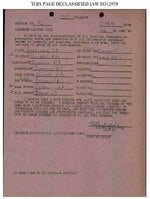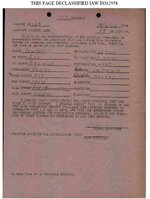Snautzer01
Marshal
- 46,292
- Mar 26, 2007
Yes i take your word for it but none the less it did very long range combat flights. The B-24. None other then perhaps a B-29 was able.As mentioned, it was a handful to fly under ideal conditions compared to comparable types.
The Davis wing provided several advantages, however, if it became damaged (flak, cannon fire, etc.), the aircraft became very difficult to manage.
In the end the usa played the numbers game like no other fighting nation on this level of airplane evolution. Not germany japan soviets could field the masses of numbers of the frames
Yes it is not a tiger tank. But they are many. Shoot one 5 friends will come to morn.
Its not the definite combat plane, but an A-Ford.
Quite good and comperatively easy to produce. In fast fast numbers.
In a time when life was not that valuable and many crew was being trained it is not difficult to see why they stuck with it. And had succes.


